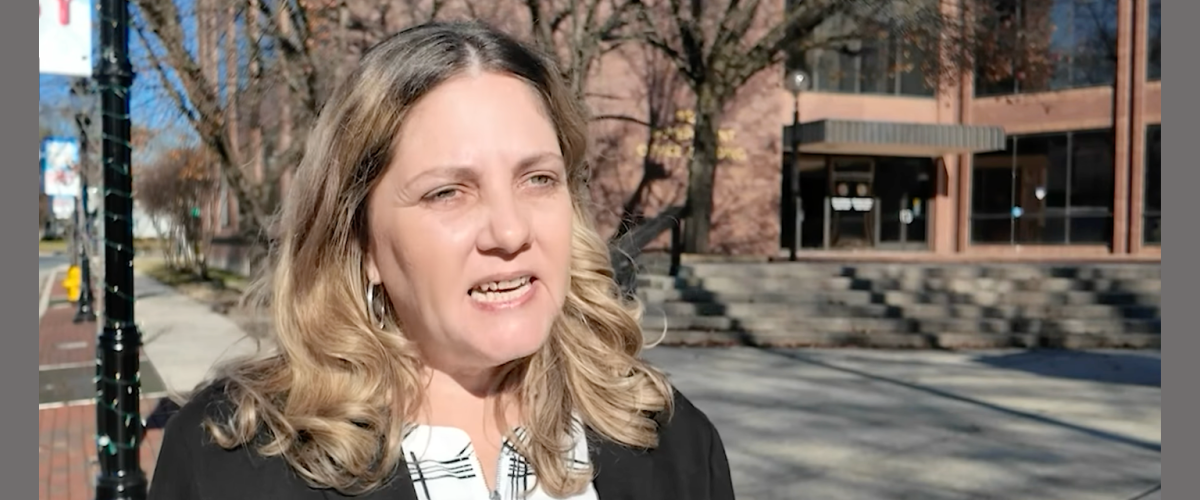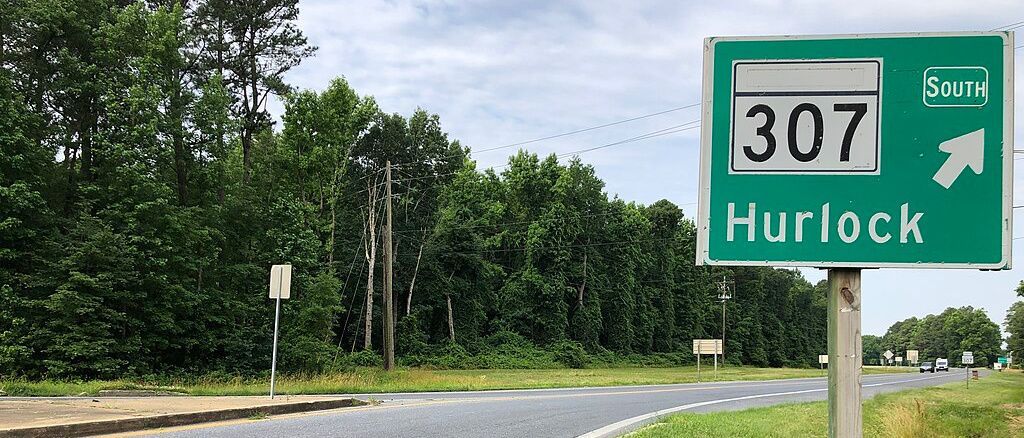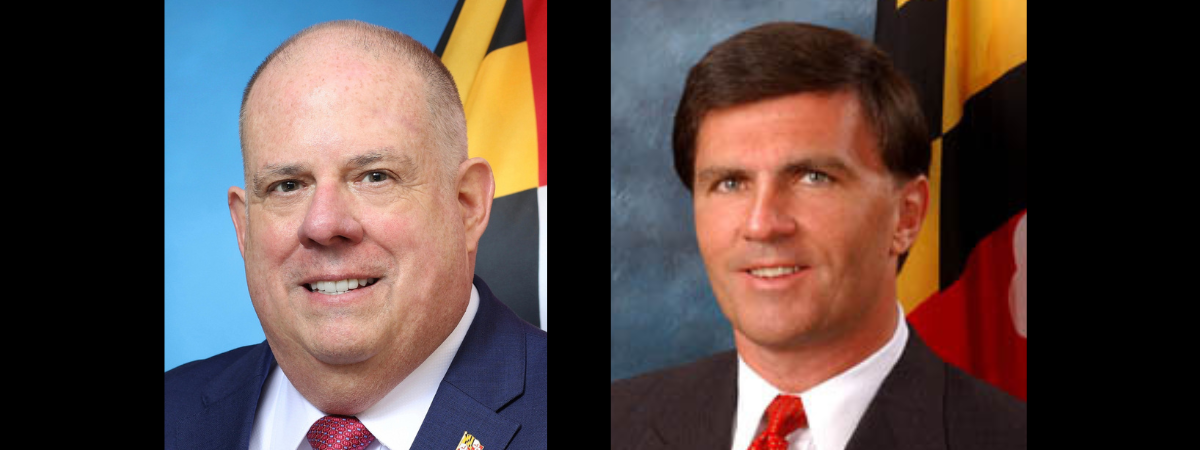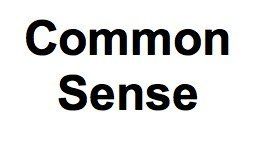Regional Health Officials Request Public’s Help to Reduce Strain on System

Regional county officials, including the emergency medical services departments of Caroline, Dorchester, Kent, Queen Anne’s, and Talbot counties, the chief clinical officer of Choptank Community Health, and the chief medical officer of University of Maryland Shore Regional Health are requesting action by local residents to help alleviate the unprecedented strain that the current covid-19 surge is placing on the area’s EMS personnel, frontline responders, and hospitals.
In just the past two weeks, more than 5,500 confirmed covid-19 infections have been reported in the five-county region, far exceeding the numbers seen over the two-year lifespan of this pandemic.
“This surge is predicted to last an additional 45 to 60 days and threatens to overwhelm our frontline health care providers and our health care system as a whole,” said William Huffner MD, chief medical officer for UM Shore Regional Health. “Increased numbers of hospitalizations and a shortage of available staffed beds have put tremendous strain on our hospitals and also on our emergency departments as patients needing to be admitted into our hospitals stay in the emergency department (ED) until a bed can be found.”
According to Huffner, over 70% of hospitalized covid patients are unvaccinated, and fewer than 5% have received a booster shot.
Officials also said that patients arriving for emergency care are prioritized for care based on their degree of illness or injury, whether they come on their own or by ambulance.
“When bed shortages are severe, ambulances may be required to take patients to other facilities,” said Brian LeCates, director of Talbot County Emergency Medical Services. “This can take emergency medical services units out of local communities for hours at a time, making them less available for appropriate 911 calls such as for heart attack, stroke, and traffic accidents. We want to be sure that ambulance transport is available for urgent cases.”
“Our EMS system, hospitals, and health care personnel are responding to these extraordinary circumstances and continue to meet the needs of our patients,” says Dr. Ted Delbridge, executive director of the Maryland Institute for Emergency Medical Services Systems, which coordinates the state’s EMS system. “EMS clinicians are available when you truly need them, but please make sure there is a true emergency before calling 911 or going to the ED.”
“We need help from the community to best utilize our limited healthcare resources. Look for alternative testing opportunities, treat your mild symptoms at home, and do what you can to slow the spread.” says Megan Woytko CRNP, chief clinical officer of Choptank Health. “The more we can provide primary care services, the more we can keep patients out of the ED and better support our hospitals.”
Regional health experts are pleading for the community to help in this fight by doing the following:
- Do not go to an ED just to obtain a covid-19 test. Instead, go to an approved testing site (https://coronavirus.maryland.gov/pages/symptoms-testing) or use a home test kit.
- Limit 911 EMS calls to true emergencies
- Contact your primary care provider or go to an urgent care center for illness that does not require emergency care
- Get vaccinated and/or receive the covid-19 booster, and encourage others to do the same
- Wear a well-fitting mask when in public. If you are concerned, or have high risk medical problems, wear a KN95 or N95 mask
- Practice social distancing and wash hands frequently
- Limit exposure to others, especially if there has been close contact with someone known to have covid-19 or there are covid symptoms.
By following these guidelines, Eastern Shore residents can help decrease covid-19 transmission and, in so doing, decrease the number of infections, hospitalizations and deaths. For more information about covid-19 and related resources, visit https://covidlink.maryland.gov/content/.
Common Sense for the Eastern Shore







